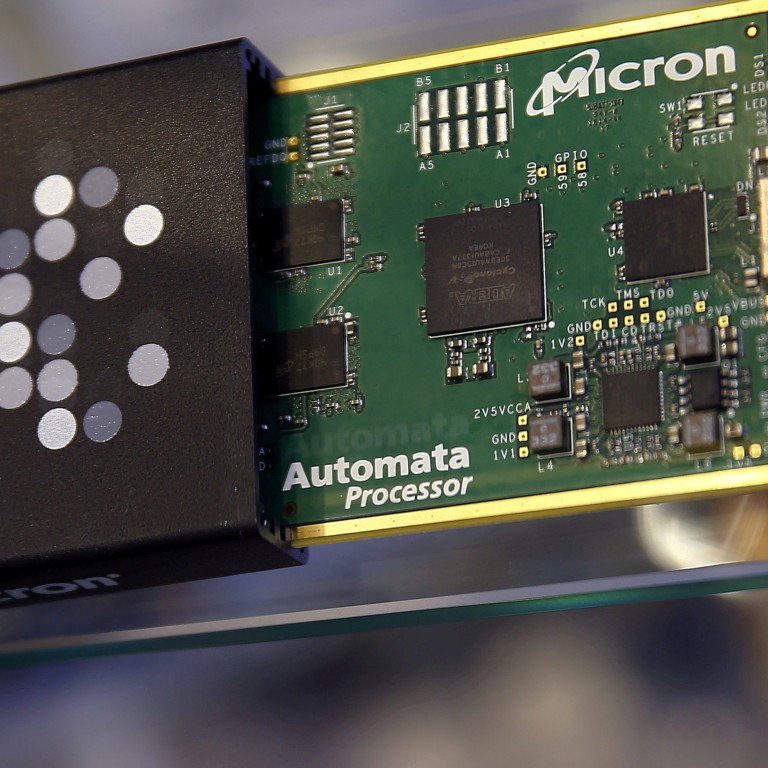
Micron’s shipments to Huawei show that in the globalised world, American technology products are not necessarily American
- Only 22 per cent of Micron’s property, plants and equipment are in the US
- A third is in Taiwan, followed by 30 per cent in Singapore, while less than 2 per cent is in China
American technology products aren’t necessarily American.
During an earnings conference call on Tuesday, Micron CEO Sanjay Mehrotra said: “To ensure compliance, Micron immediately suspended shipments to Huawei and began a review of Micron products sold to Huawei to determine whether they are subject to the imposed restrictions. Through this review, we determined that we could lawfully resume shipping a subset of current products because they are not subject to export administration regulations and entity list restrictions.”
He didn’t elaborate on that “subset,” and noted that there’s ongoing uncertainty. In at least some cases, the US Department of Commerce, which administers the ban, has been consulted about what can and can’t be sold, The New York Times reported.
Meanwhile, officials at the Commerce Department and the White House are frustrated that companies have resumed Huawei shipments, Bloomberg reported.
At the same time, the very interconnected nature of manufacturing could wind up helping companies skirt restrictions.
Consider Micron. According to its annual report, “a significant portion of our facilities are located outside the United States, including Taiwan, Singapore, Japan, and China.”
That’s an understatement. Only 22 per cent of its property, plants and equipment are in US. A third is in Taiwan, followed by 30 per cent in Singapore. Less than 2 per cent is in China. In other words, most of Micron’s product isn’t made in America. That might exempt a good portion of its product from Trump’s ban.
That makes the profits from finding clauses and exceptions to the ban even more enticing – because while executives hate uncertainty, they love loopholes. I can just imagine teams of lawyers throughout the US poring over regulations and product lists searching for exploits in the same way hackers hunt for security vulnerabilities.
Over time, companies weighing the risks and returns may opt to go ahead and ship to China, reasoning that any possible punishment from the US government will pale in comparison to the revenue potential.
Fines could end up being just a tax on business, in the same way that banking and environmental regulations are often flouted because complying is more costly than the penalties.
In such cases, expect technology companies to realise that it’s a better deal to sell to China than not. And we all know that Trump loves a good deal.

